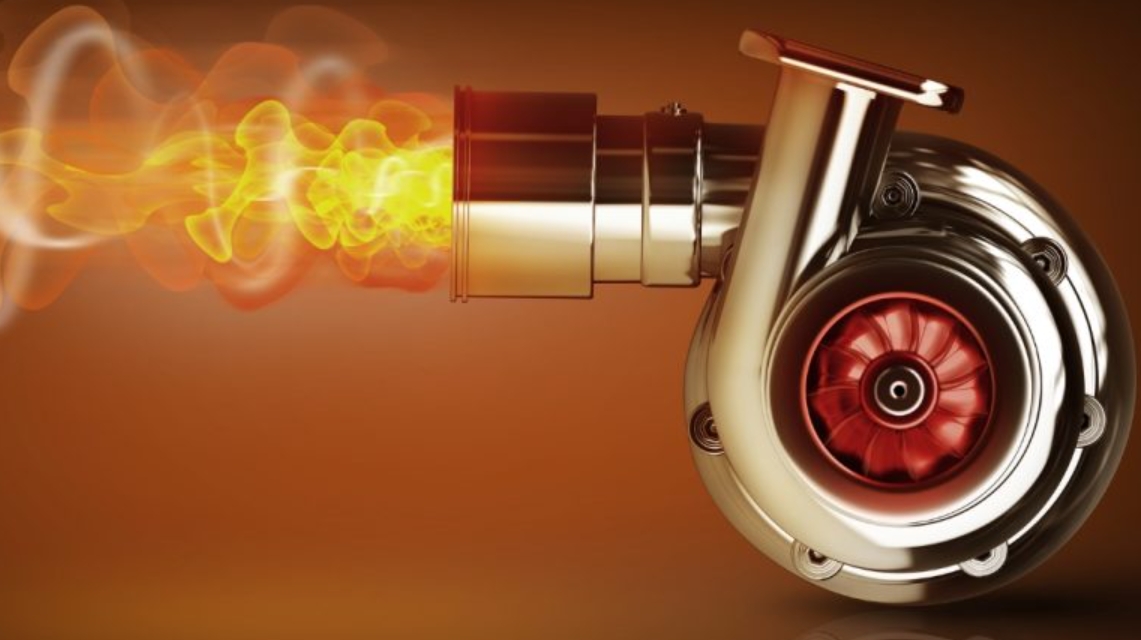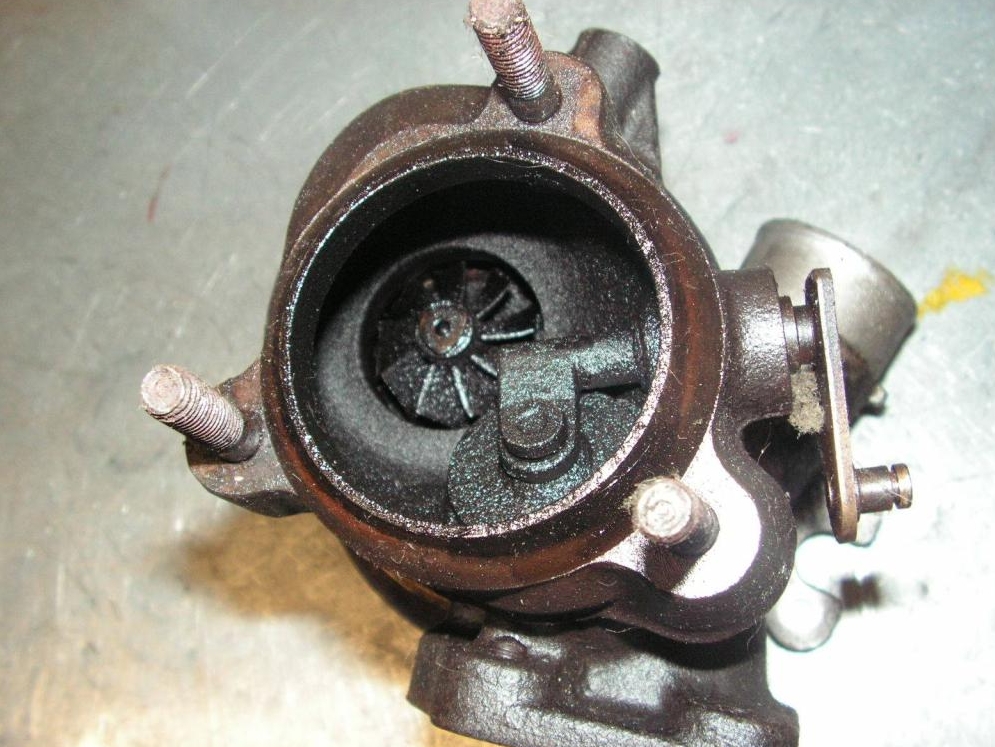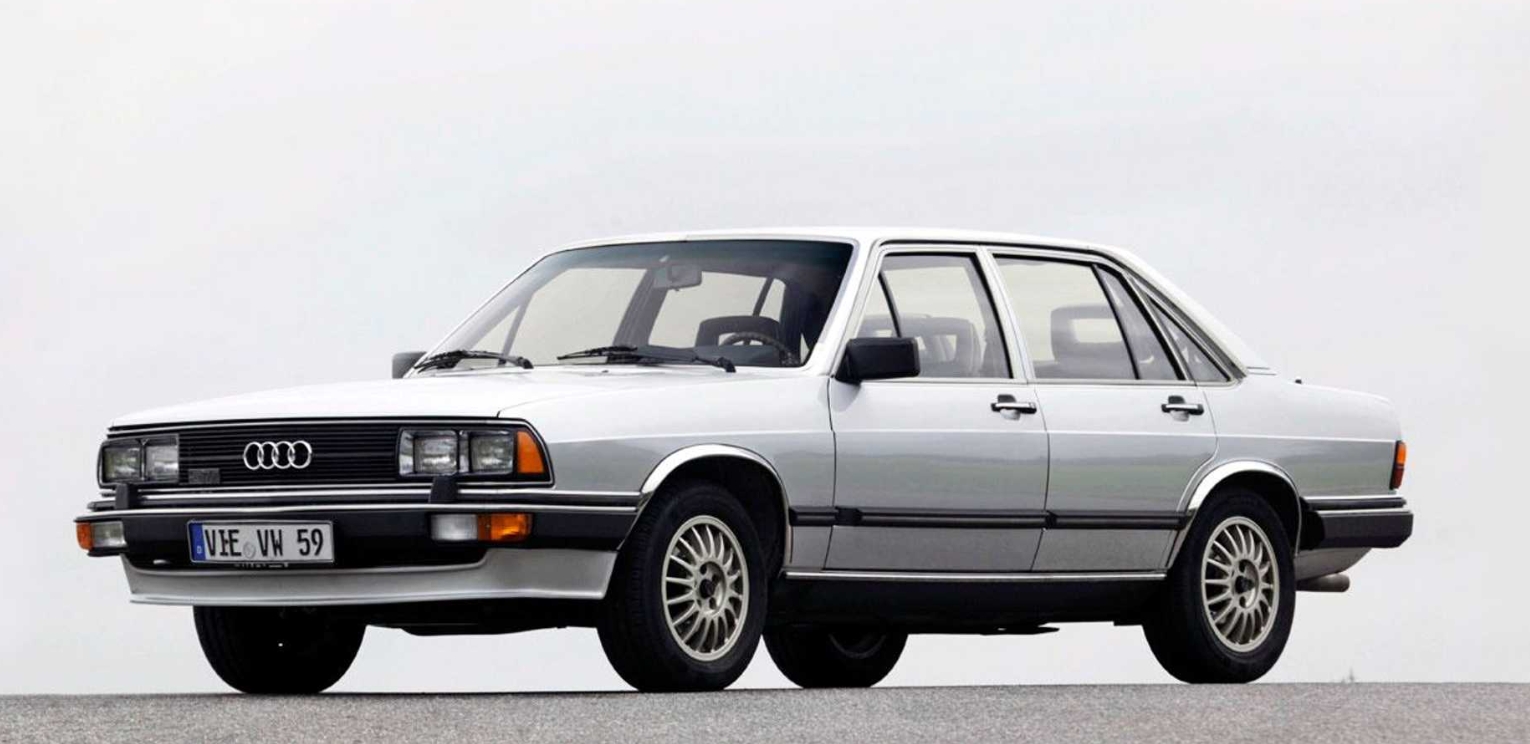
The first appearance of turbo engines in cars
What was each manufacturer’s first supercharged model? Some are very famous, others maybe a little less…
Supercharged engines, even gasoline ones, are common today, and turbocharging is the key ingredient to achieving that difficult blend of performance and efficiency that regulations are making increasingly difficult to achieve. But only 40 years ago things were different.
In the 70s and 80s, in fact, the word “turbo” added to the name of a model sounded like a warning, something like “Careful, it’s getting serious here!”, and the models that were the first to benefit of this development were considered the business of seasoned drivers. But what are these models? Here are the cars that allowed the turbocharger to debut in their brand’s lineup.
Alfa Romeo Alfetta GTV Turbodelta – 1979
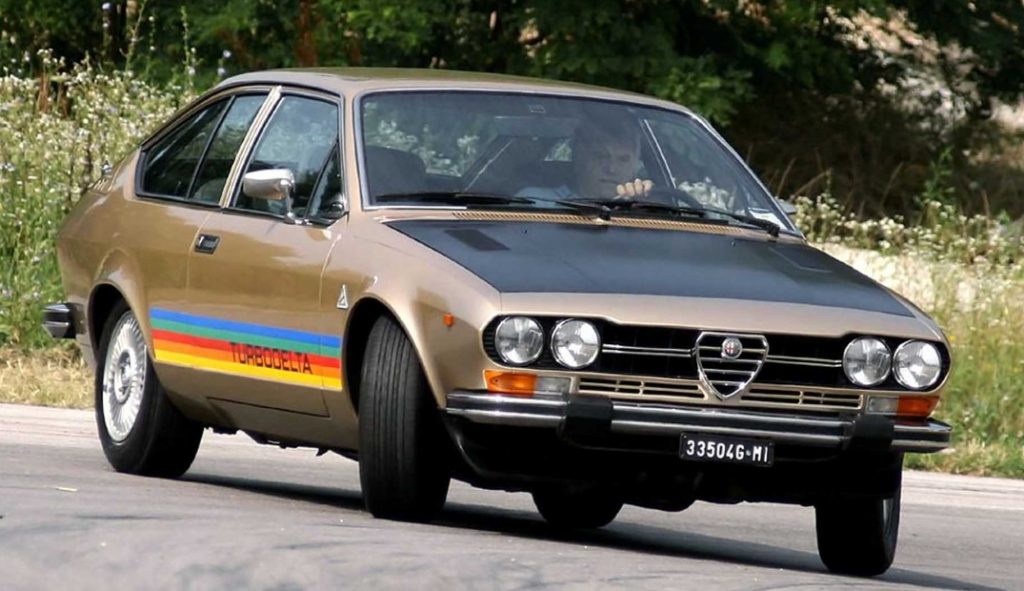
To be honest, if we are talking about supercharged engines, we should first mention the legendary veterans of the 20s and 30s such as the 6C and 8C which are still very popular in historic races like the 1000 Miglia. In fact, some of them were equipped, as was customary at the time, with Roots-type compressors which even increased performance by 30%.
If, on the other hand, we are talking about turbochargers and the modern era, let”s go back to 1979, when, to homologate the competition version of the Alfetta GT coupé, developed by the Autodelta team, Alfa Romeo built and marketed 400 examples of the Alfetta GTV Turbodelta, powered by a 2.5 liter V6 with turbocharger (produced initially by Alfa Avio, then by KKK) of no less than 150 hp, which allowed the car to spin at 215 km/h and to accelerate from 0 to 100 in 7.9 seconds.
Audi 200 5T – 1979
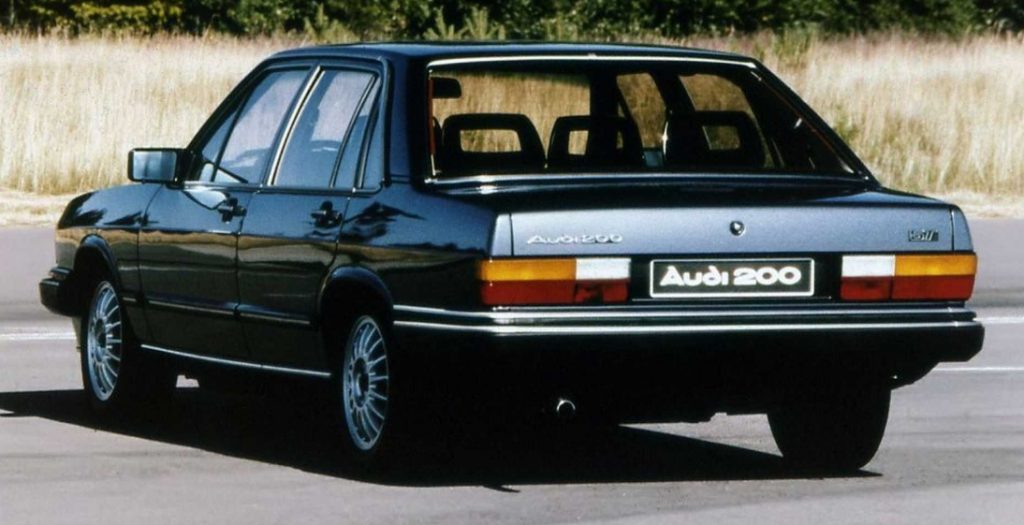
When you think of a turbocharged Audi, you immediately think of the quattro, which was the first car with all-wheel drive, but not the first supercharged. Its 2.1-liter five-cylinder engine was actually carried over from the 200, which itself was a top-of-the-range model derived from the 100. Launched in late 1979, it offered a 170 bhp turbocharged variant alongside the atmospheric 2.1, with which it could reach 203 km/h and go from 0 to 100 km/h in 8.6 seconds.
BMW 2002 Turbo – 1973
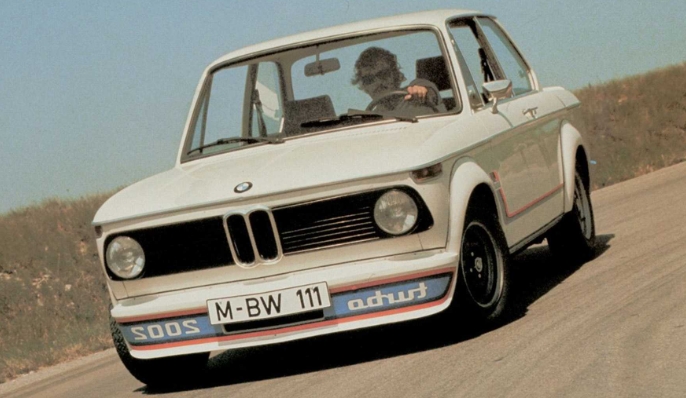
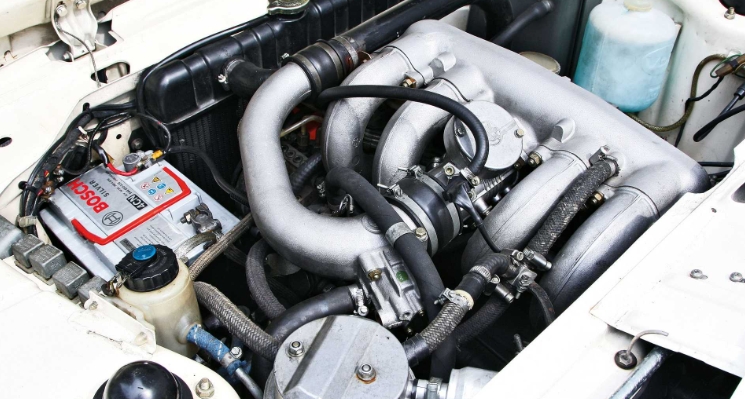
Famous not only for being the first BMW, but also the first European production car with a turbocharged engine, this variant of the famous “02 series” was based on the 2002 Tii model with a fuel injected 2 liter 4 cylinder engine mechanical but enriched with a KKK turbocharger for an impressive power of 170 hp. Capable of reaching 211 km/h and going from 0 to 100 in 7.3 seconds, thanks also to its weight of only 11 quintals, it is nevertheless remembered as one of the most difficult cars to tame in the world. “era.
Citroën CX 2500 D Turbo – 1983
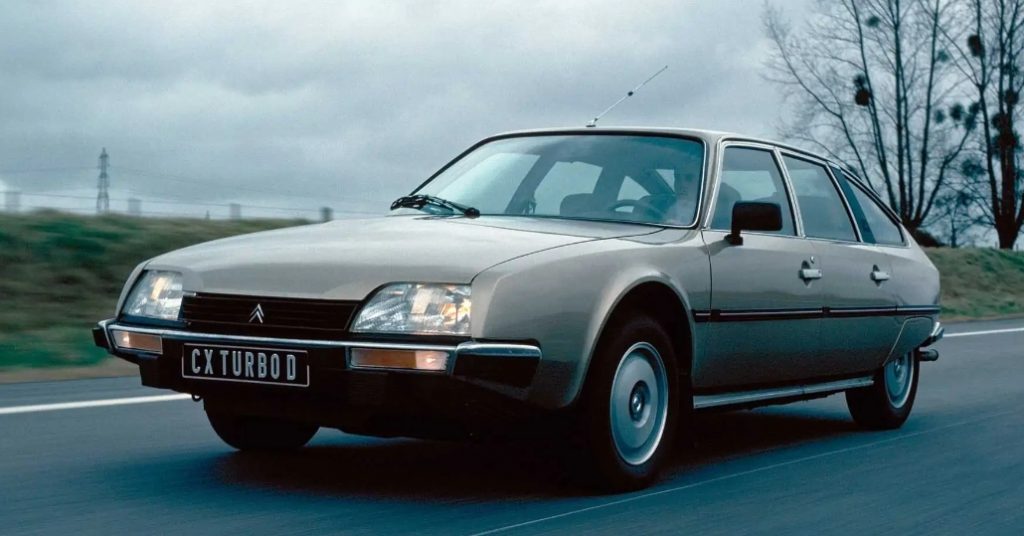
The Maison au Double Chevron is the first we come across in alphabetical (but not chronological) order to have used the turbo for the first time on a diesel engine and not a petrol one: the honor is due to the 2500 D Turbo diesel , offered with an initial output of 95 hp (15 more than the aspirated model) which was enough to take the sedan to over 170 km/h with just over 13 seconds to go from 0 to 100. The first petrol was on the contrary, two years later, of equal displacement that pushed the GTi and Prestige versions with the force of 168 hp.
Ferrari 208 Turbo – 1982
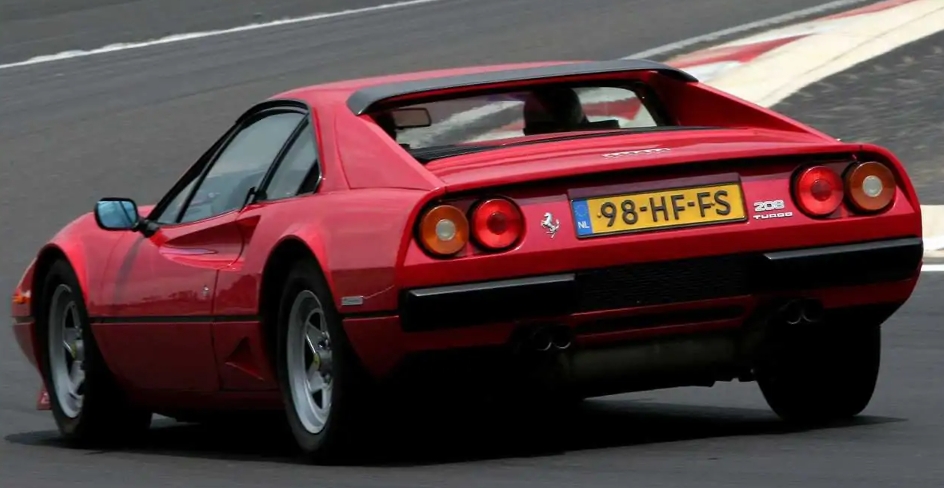
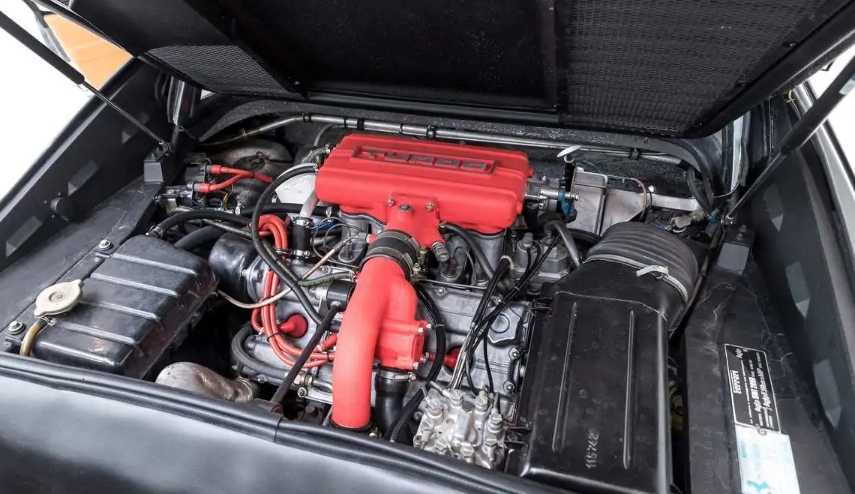
The turbo came to Maranello’s rescue in the early 1980s, when the arrival of electronic fuel injection, necessitated by anti-pollution regulations, drastically changed the performance of Maranello racing cars. The 208 introduced to circumvent the taxation of large cars which already offered “barely” 155 hp, it would have been a disaster. Hence the adoption of a nice KKK turbocharger which suddenly boosted the “small” 2-liter V8 to 220 hp and over 240 km/h.
Fiat Uno Turbo – 1985
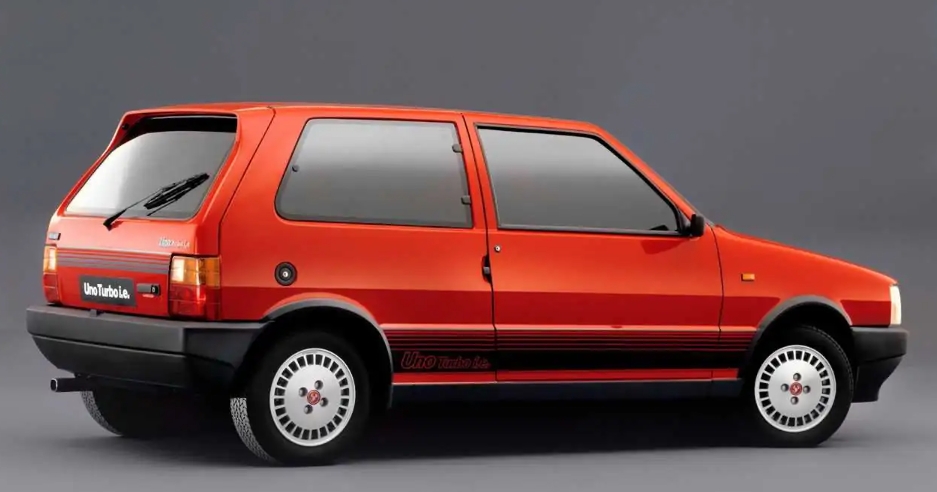
The Turin-based company surfed the turbo era in the early 1980s, choosing it to give life to its “little bomb”, the Uno Turbo. Its 1.3 with IHI turbocharger and intercooler, brought out record figures : 105 hp of power, which combined with a weight of less than 900 kg allowed it to push 200 km/h with a 0-100 in 8.3 seconds.
Mercedes 300 SD – 1979
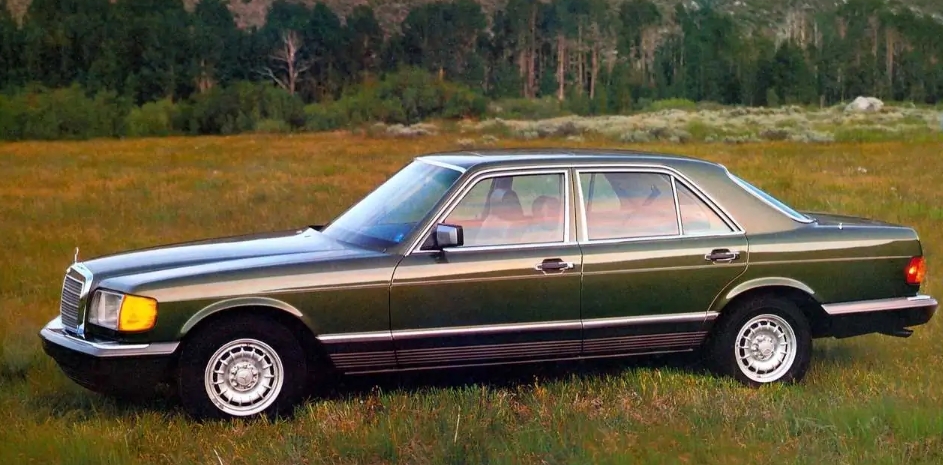
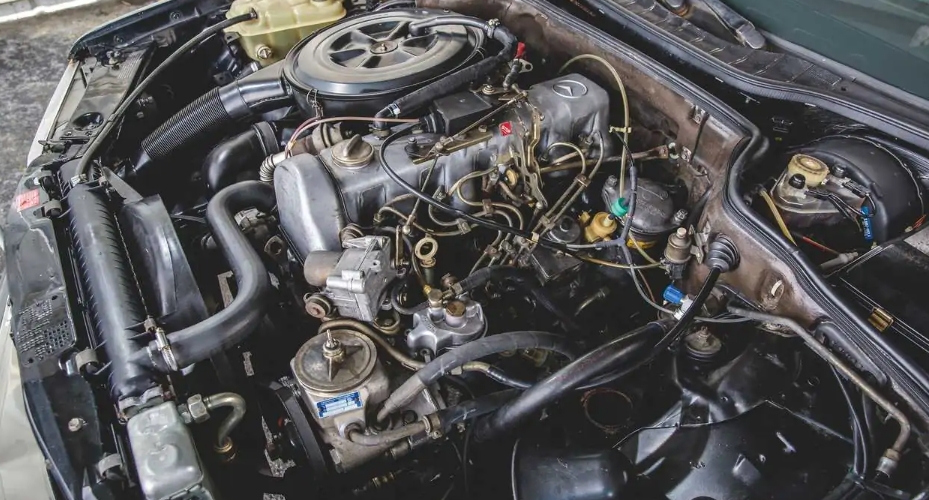
Well yes, the first Mercedes equipped with a turbo was a diesel Mercedes and the most interesting thing is that it was a car initially launched in the American market. We are talking about the flagship 300 SD series W126, which at the end of 1979 introduced this unprecedented variant of the already known 5-cylinder 3-liter diesel engine, which reached the incredible (for the time) power of 121 hp and the speed speed of 175 km/h In Europe, this engine arrived a few years later in the W123.
And in essence? For many years Mercedes continued to offer aspirated engines, the change of direction came in the 90s with the first Kompressor engines, however equipped with a volumetric compressor. For the turbo it was necessary to wait even for the new millennium .
Peugeot 604 D Turbo – 1979
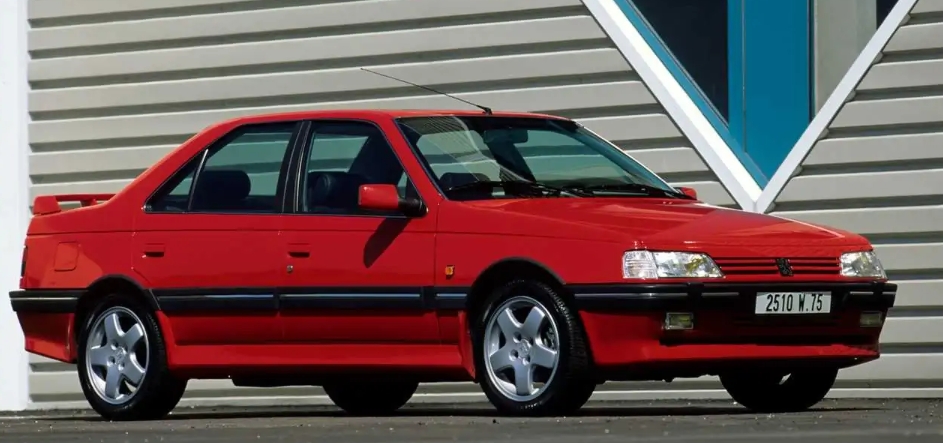
While Mercedes was trying to conquer America with its first turbodiesel, on this side of the ocean Peugeot was trying its hand by equipping its flagship 604 with a 2.3 4-cylinder fitted with a Garrett turbocharger. only 80 hp, top speed 150 km/h, but it was the first European turbodiesel.
However, since the car was not very successful, even the record is little remembered. In essence, the first 2.0 Turbo arrived in 1993, on the powerful 405 T16 (below right) with 200 hp and on the 605, which rode a less exasperated 142 hp version.
Porsche 911 Turbo – 1975
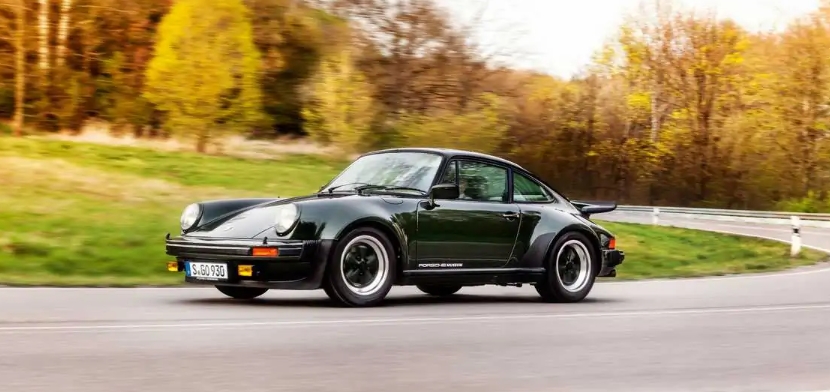
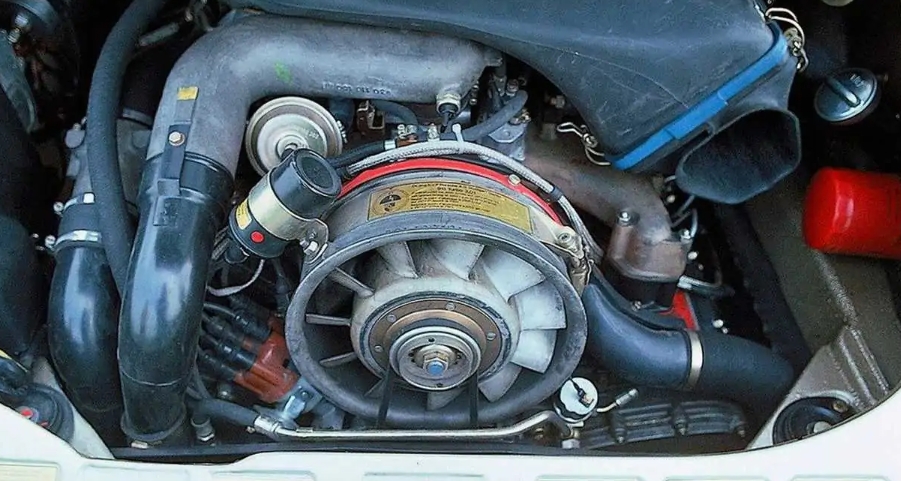
At the end of the 1960s, the experience acquired in the sports field convinced Porsche that the turbo was also ready to hit the road to push the performance of its most representative model even higher. The 911 Turbo, also known as 930 named after the project code, was officially presented in 1974 and launched the following year, but few people remember that in reality the first prototype appeared as early as 1973, at the Frankfurt Motor Show , and that it developed a power of 280 hp, later reduced to 260 hp on the production model.
Despite the excellent result, the early 3.0 had turbo lag issues that made its responses less snappy than the aspirated 911 Carrera, but it made up for it plenty in the aspect ratio. The first series did the 0-100 in 5.2 seconds and reached 250 km/h, today its heirs have more than doubled the power, halved the 0-100 time and broke the 330 km/h barrier …
Renault 18 Turbo
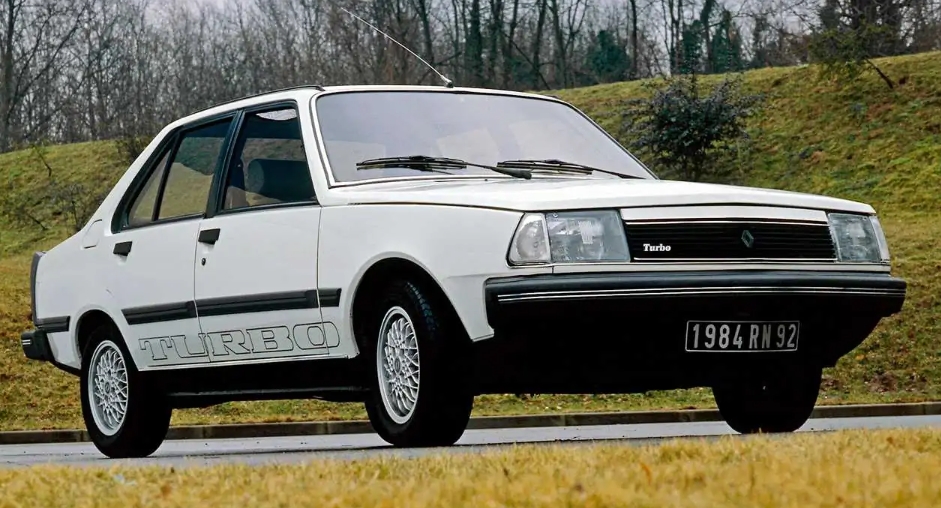
Galvanized by numerous successes in rallying (with the Alpine A110), endurance racing and F1, Renault decided at the end of the 1970s to transfer turbo technology to road models as well. the name of the R5 Turbo or a certain GT Turbo, stop: the first production engine to receive the supercharger was in fact the 1.6 of the R18, in 1980, with an initial power of 110 hp (later increased to 125), 9.3 seconds for the 0-100 and a speed of 185 km/h.
Saab 99 Turbo – 1977
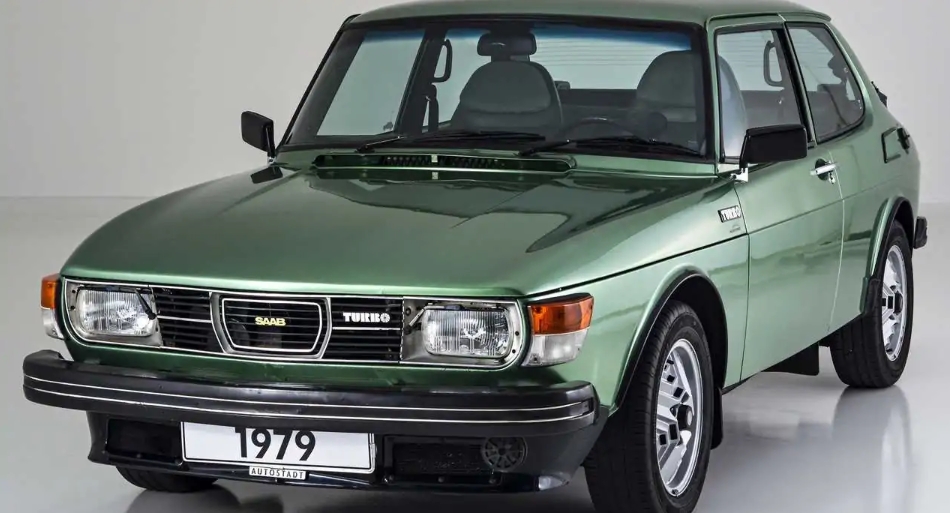
A pioneer in many fields, Saab is also remembered as the first manufacturer to offer a supercharged engine in a car with not expressly sporting ambitions, in 1977 with the 99 Turbo, a four-door sedan that offered a supercharged 2.0 engine designed in reality with a philosophy very close to that of today: the small turbocharger in fact allowed the engine to reach 145 hp, a power comparable to that of a larger 6-cylinder but with estimated savings in weight and consumption up to 30%.
Volkswagen Golf Turbodiesel – 1982
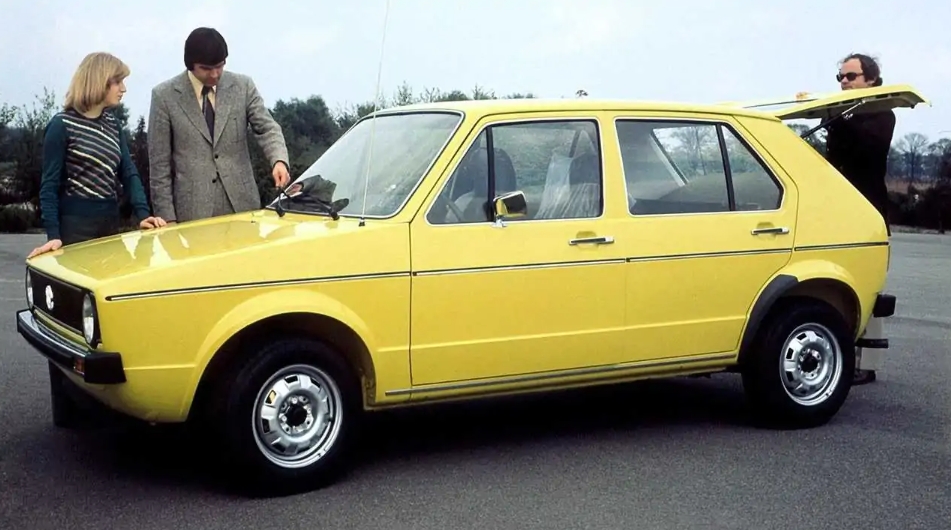
At Volkswagen too, the turbo arrived first on diesel engines and then on petrol engines: it even dates back to the end of the career of the first generation Golf, which received it at the end of 1982 to be bequeathed for a year later to the next Mk II. It was a variant of the 1.6 Diesel which thus went from 54 to 70 hp. As for petrol engines, turbocharging arrived in 1988 with the G60, equipped with a supercharger, while the real turbo appeared with the 1.8 T of 125 hp which made its appearance on the Passat in 1996.
Volvo 240 Turbo – 1980
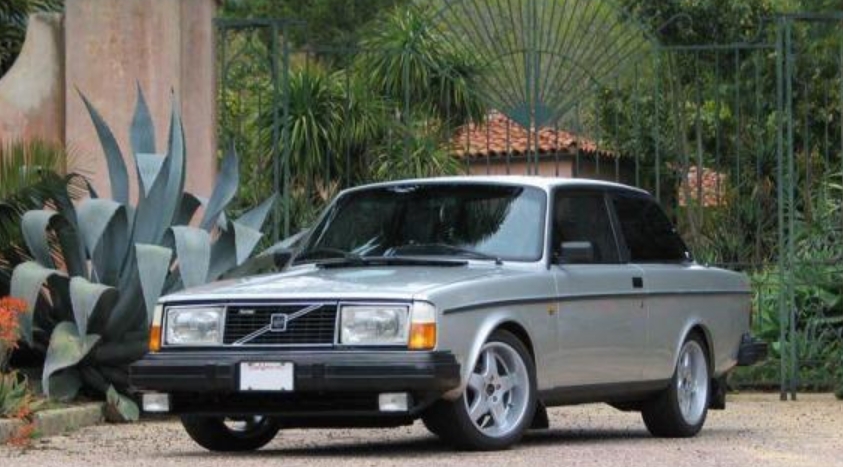
Volvo, like Saab, has also linked a long part of its history to supercharged engines, creating cars that have remained famous like the 480 and 850 T5. The first, however, was the 240, in the 244 Turbo and 245 Turbo (sedan and wagon) versions introduced in the late 1980s, which mounted a 155 hp turbo-injected 2.1, known for its reliability more than its performance. .

